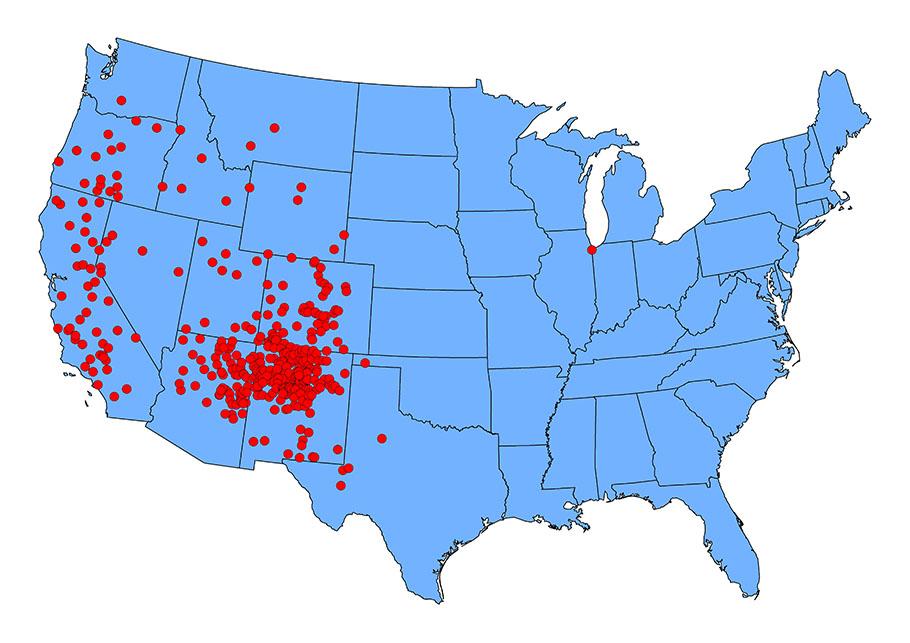Colorado has perhaps its first human plague death in six years, according to public health authorities in Durango.
San Juan Basin Public Health said in a press release that it was notified of the potential case on on July 7, and the Colorado Department of Public Health and Environment is conducting additional testing to confirm the diagnosis. CDPHE is leading the investigation.
Most plague cases in the U.S. occur in the west, and within Colorado, most cases are found in the southern part of the state, according to the federal Centers for Disease Control and Prevention. Plague outbreaks tend to hit rural, agricultural areas. Residents of La Plata County make up almost half of Colorado’s plague cases between 2005-2020, according to CDPHE.
| County | Cases of plague |
|---|---|
| Adams | 4 |
| Archuleta | 1 |
| Boulder | 1 |
| Denver | 3 |
| Grand | 1 |
| La Plata | 9 |
| Larimer | 1 |
| Mesa | 1 |
| Pueblo | 1 |
| Total | 22 |
In 2004 a Pueblo man died of the plague after hunting near Breckenridge. But one of the deadliest years nationally for plague came in 2015, when four people died, including two Coloradans: an adult in Pueblo County and a teenager in Larimer County.
The plague is caused by a bacterium, Yersinia pestis, and is usually transmitted to humans through an infected animal or a rodent flea bite, according to the CDC. While it killed millions of people in the middle ages, today it’s treatable with antibiotics.

“About 85% of human cases are due to bites from infected fleas, which often appear in a linear pattern on the skin,” reads a public health update from Tri-County Public Health written in 2005. “Cats can also serve as a source of infection to humans exposed to them (via biting, scratching, or coughing). In 2004, 22 cats in Colorado tested positive for plague.”
In May, public health officials in El Paso County reported several Colorado Springs squirrels and one domestic pet had tested positive for plague.









